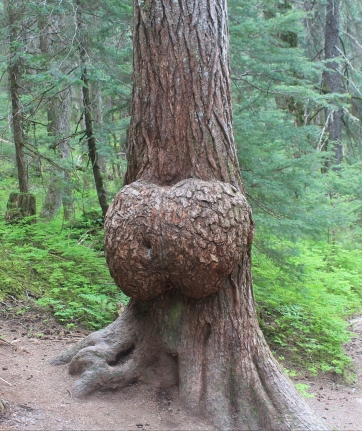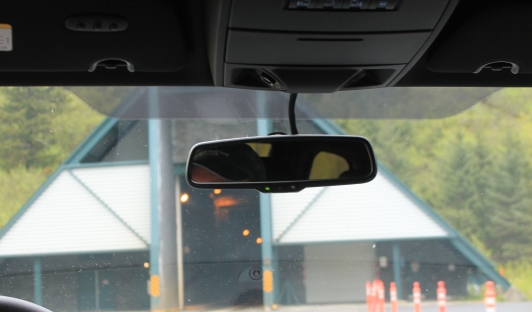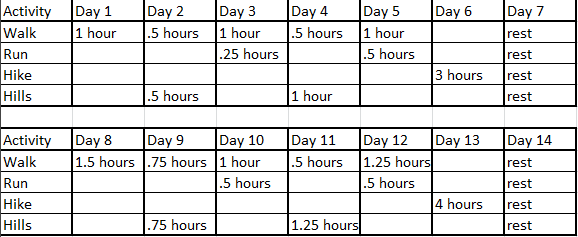As I said when I started this series of posts about our adventures in Alaska, not every post is going to be about hiking or camping, as has been the case in cataloging many of my other adventures. The fact that I haven’t sold the rest of my family on backpacking, despite writing a blog on the topic, probably doesn’t do wonders for my credibility, but the brand of vacation we undertook in Alaska did have the advantage of allowing us to see much more of the state than we otherwise might have been able to see. As much as it would have been amazing to spend ten days backpacking Denali National Park, that would have inhibited the amazing experiences that we had in Seward, Whittier, Girdwood, Anchorage, and the other cities and towns through which we passed. Even the way we did it, we saw only a tiny portion of Alaska.
The point of all that is to say that, if you’re bored by posts like this one, which is going to walk through the Alaska Wildlife Conservation Center, you can feel free to pass over them. Don’t worry: once I’ve finished regaling you with all of the stories from Alaska, the blog will be getting back to instructional posts, and descriptions of more focused explorations. For now, though, I hope that you’ll continue to enjoy reading about the plethora of unique sights and experiences in Alaska.

Our next stop was the Alaska Wildlife Conservation Center. It’s a sort of weird cross between a zoo and a farm, though neither of those descriptors really achieves encapsulation of the objectives of the AWCC. Unlike either of those institutions, the AWCC collects native Alaska animals that are injured or cannot survive in their natural habitats, and gives them a place to live at the center. North American porcupines, moose, black bears, brown bears, various deer, elk, caribou, musk oxen, and wood bison all have a place at the AWCC.
It’s certainly not the same as seeing wildlife in its natural environment. Coming across a bear, moose, or other animal on the trail, on equal footing, if you will, is a very unique and special experience that cannot be replicated in a forced manner. However, a conversation center like this one does present the opportunity to get a view of these animals that you’ll likely never get on the trail, and since you can never be certain of a “free-form” wildlife encounter, you can be sure that you’ll get to see the creatures you’re hoping to see.

Let’s talk a little bit about wood bison. It turns out that there were once herds of wood bison roaming the northern forests of Alaska and Canada. They grew slightly larger than their plains brethren, and tended to roam in smaller herds. However, they were driven extinct, and for many years, were known only in memory. The AWCC helped lead an effort to resurrect this ancient creatures. By importing plains bison and breeding them in the Alaska environment, they were able to slowly form a herd of wood bison at the conservation center (plains bison and wood bison are not genetically different species). When it was deemed sufficiently large and genetically diverse, the herd was flown by bush plane to a remote part of Alaska – hundreds of these animals, weighing hundreds of pounds each – and released. Several herds of wood bison continue to thrive in Alaska, thanks to the daunting task undertaken by the AWCC and its partners.
We didn’t spend long at the AWCC, and after that, it was time to make our next move. Our next destination was Sutton, Alaska, but we had a very important stop to make first, in Anchorage. This next activity was probably the highlight of the entire trip, so I hope that you’ll come read about that.


























